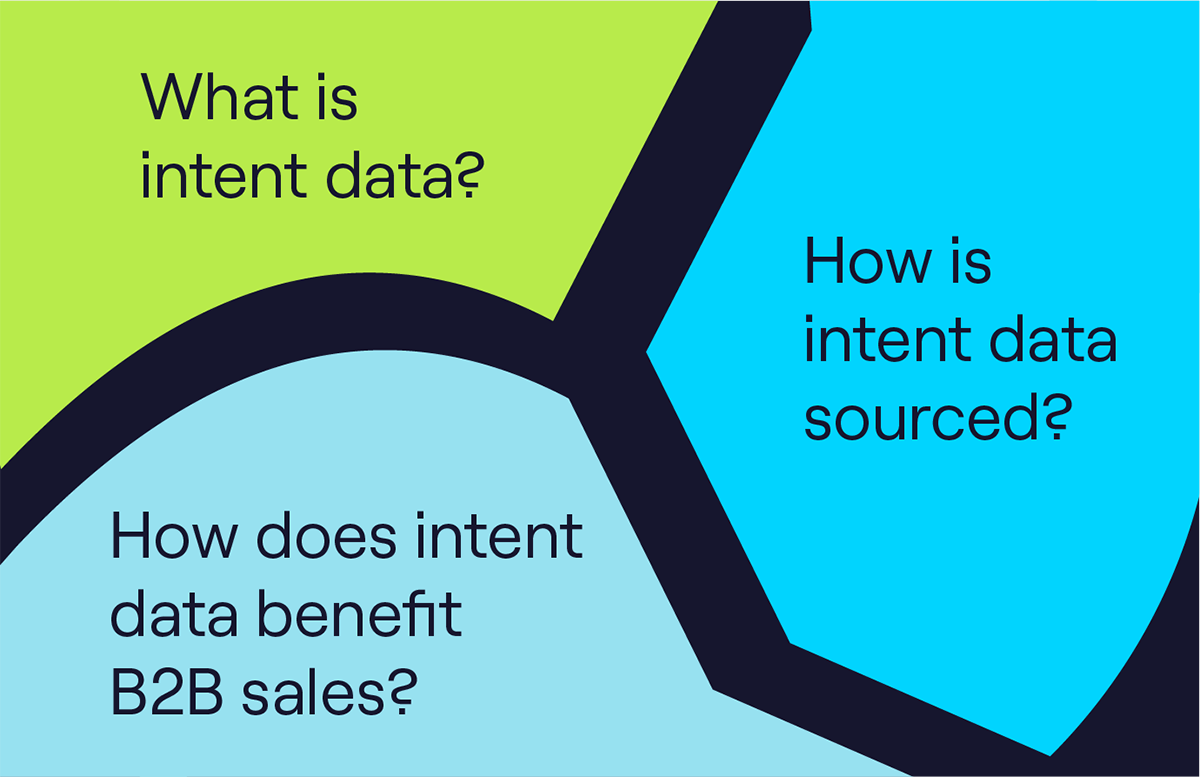
Forrester began a one-year endeavor to broaden its body of research on B2B intent data for marketing and sales late in 2022. With many items already created for Forrester clients and many more on the way, this effort is currently well under way.
By taking our Q1 2023 B2B Intent Data Survey, you may take advantage of this research whether you are a current client or just interested in learning more about what Forrester has to offer. Every respondent whose contact information is provided will eventually get a summary of the main survey results.
We are looking for respondents from B2B organizations with firsthand knowledge of how your company leverages intent data in your sales or marketing efforts to help us derive even deeper insights into top use cases, as well as the most common benefits and challenges that users are experiencing today.
Forrester marketing Operations, Demand & ABM, and Market Insights clients can already access some of our latest research, including An Introduction To B2B Intent Data and The B2B Intent Data Providers Landscape, Q1 2023.
For those of you who are not yet clients, I’ve assembled some key highlights from the work to date: the 10 biggest intent data mistakes that we’re seeing from B2B marketing and sales teams.
10. Treating all intent data sources the same
The term “intent data” is used broadly by data providers and platform vendors to market a wide range of interest signals, from highly specific purchase behaviors for a defined solution to more vague interactions around a high-level industry topic. Marketers should understand the collection methodologies used by their provider to better understand the significance of individual signals.
9. Relying on vendors for privacy compliance
Marketers should remember that it is never enough to rely on vendor compliance with privacy legislation. In order to protect yourself, you need to ensure that you maintain a lawful basis for storing and leveraging any data about your prospects and customers, even if that data was originally collected in a compliant manner.
8. Undervaluing first-party intent
Many marketers underestimate how much of this data can be collected from your own first-party interactions with prospects and customers. It’s important to ensure that those insights are being captured and combined consistently, then shared across functions.
7. Ignoring data decay
Intent data is among the most time-sensitive data types available, with a limited window in which acting on the signals makes sense. Keep in mind that if you are storing historical buying signals, you need to incorporate the concept of data decay, or it will soon appear that every company in your database is demonstrating intent.
6. Failing to map signal types to the buying cycle
Some signal types can be strong indicators of a prospect’s likely stage in the buying cycle. Marketers should understand which sources are likely to collect early research behavior and which are capturing late-stage signals. Being able to more accurately pinpoint a prospect’s location in the buying cycle will allow for better prioritization, more accurate identification of your next best action, and, ultimately, higher conversion.
5. Treating intent signals as qualifiers
Most marketing and revenue development teams are expected to pass to sales only those opportunities that meet strict qualification criteria to avoid wasting valuable sales resources. Intent data should not become an exception to that rule, as those signals on their own should not replace the qualification process.
4. Using intent signals in a vacuum
In order to understand how significant a signal is for your business, it’s important to pair that data up with the other insights you have available to paint a clearer picture. Engagement data and technographic data, which provides information such as purchase history and product usage, are particularly strong companions to intent data to help you understand whether the signals received are likely to be part of an active buying cycle.
3. Underleveraging existing intent investment
It’s important for marketers to recognize the full scope of use cases for the intent data that they have acquired. Failing to fully adopt a chosen solution or to create the necessary processes to act on signals minimizes the value you can gain. Companies should also recognize that the same data that was purchased to drive account prioritization can be used to help in other areas, such as content personalization or retention modeling.
2. Settling for one source on intent signals
More sources of intent data are generally more predictive of buying behavior, assuming you are not simply purchasing duplicate signals from multiple providers. Acquiring varied signal types from multiple sources allows organizations with the resources to afford that investment to better validate signals, identify buying group members, and triangulate the buying-cycle stage.
1. Not leveraging intent data at all
At this point, most large B2B organizations have either incorporated intent data into their marketing (and, often, sales) processes or are working to do so. Companies that choose not to leverage intent data are at a disadvantage against competitors that know which companies are actively shopping.
Avoiding these mistakes takes careful planning and effort but will offer you a real competitive advantage in your sales and marketing execution. Once again, if you’re actively using or considering intent data in your sales or marketing strategies today, please take a few minutes to complete our Q1 2023 B2B Intent Data Survey to help us further refine our guidance and provide you with your complimentary summary of our findings.







